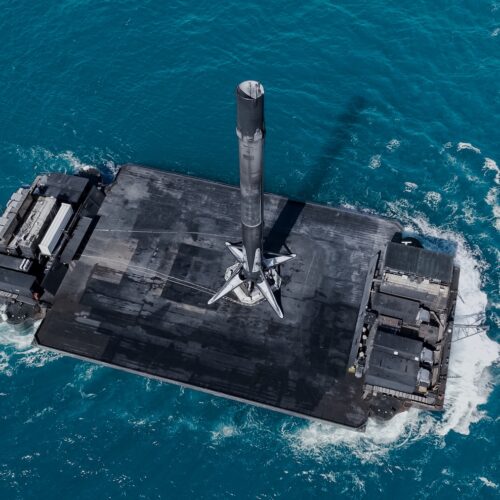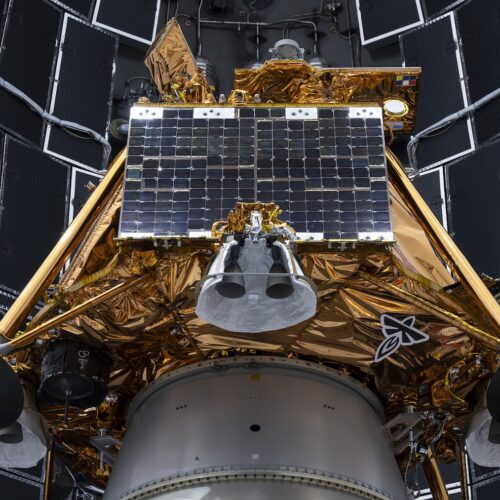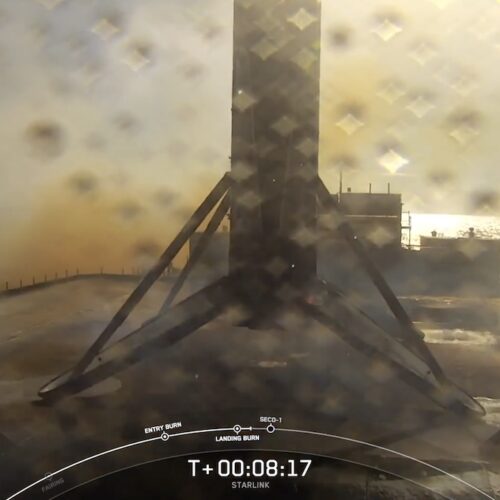Rocket Report: SpaceX lands in the Bahamas; ULA tests modified booster
Welcome to Edition 7.32 of the Rocket Report! It's true that the US space program has always been political. Domestic and global politics have driven nearly all of the US government's decisions on major space issues, most notably President John F. Kennedy's challenge to land astronauts on the Moon amid intense Cold War competition with the Soviet Union. The Nixon administration's decision to end the Apollo program and focus on building a reusable Space Shuttle was a political move. More than 30 years later, the Clinton administration ordered a reevaluation NASA's plans for a massive space station in low-Earth orbit. In the post-Cold War zeitgeist of the 1990s, this resulted in Russia's inclusion in the International Space Station program. Flawed or not, these decisions were backstopped with some level of reasoning, debate, and national consensus-building. Today, the politics of space seem personal, small, and mean-spirited. Thankfully, there's a lot of launch action next week that might thrust us out of the abyss, even just for a moment.
As always, we welcome reader submissions. If you don't want to miss an issue, please subscribe using the box below (the form will not appear on AMP-enabled versions of the site). Each report will include information on small-, medium-, and heavy-lift rockets as well as a quick look ahead at the next three launches on the calendar.

Rocket Lab launches for the 60th time. It's safe to say Rocket Lab is an established player in the launch business. The company launched its 60th Electron rocket Tuesday from New Zealand, Space News reports. It was the second Electron launch of the year, coming just 10 days after Rocket Lab's previous mission. The payload was a new-generation small electro-optical reconnaissance satellite for BlackSky. Rocket Lab has not disclosed a projected number of Electron launches for the year beyond estimating it will be more than the 16 Electron missions in 2024. The company said on its launch webcast that the next Electron launch was planned from New Zealand in "a few short weeks."


© SpaceX





